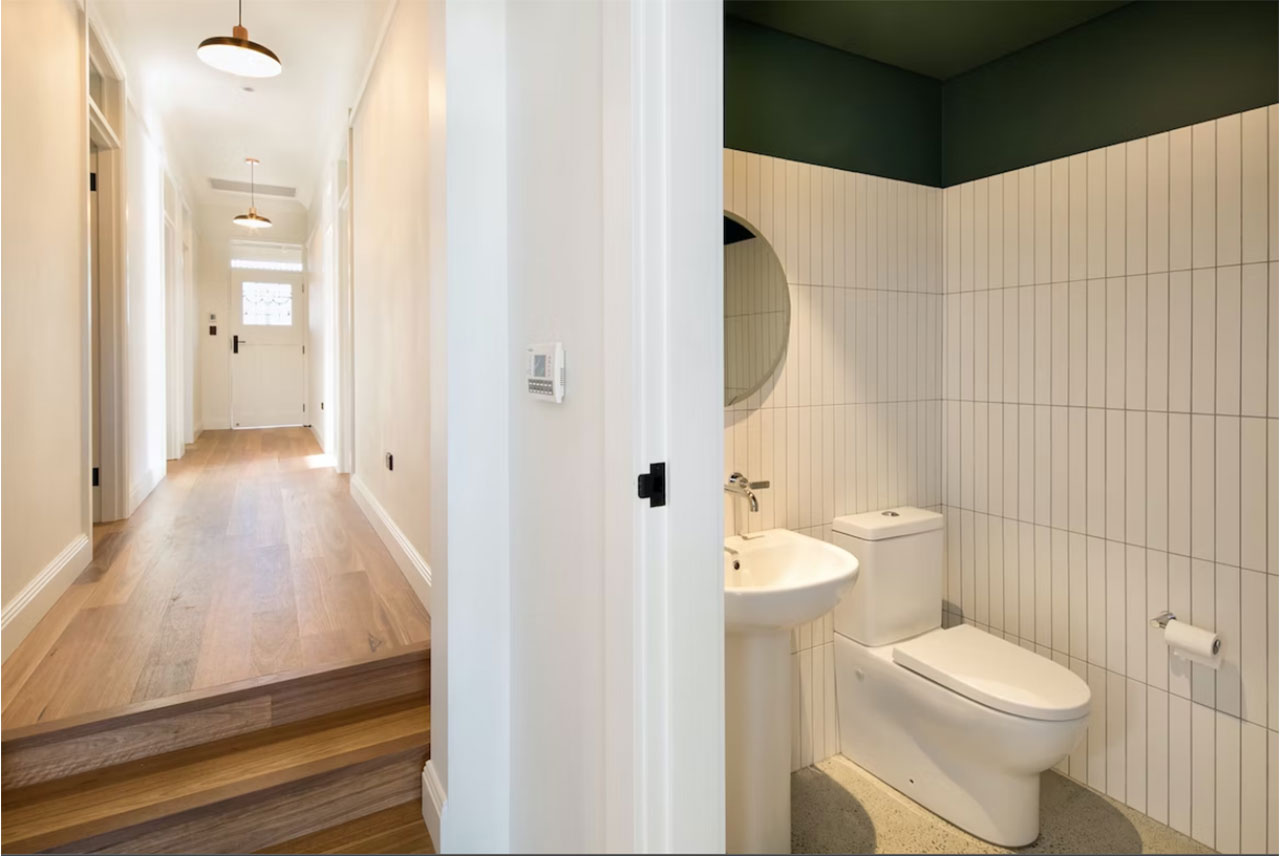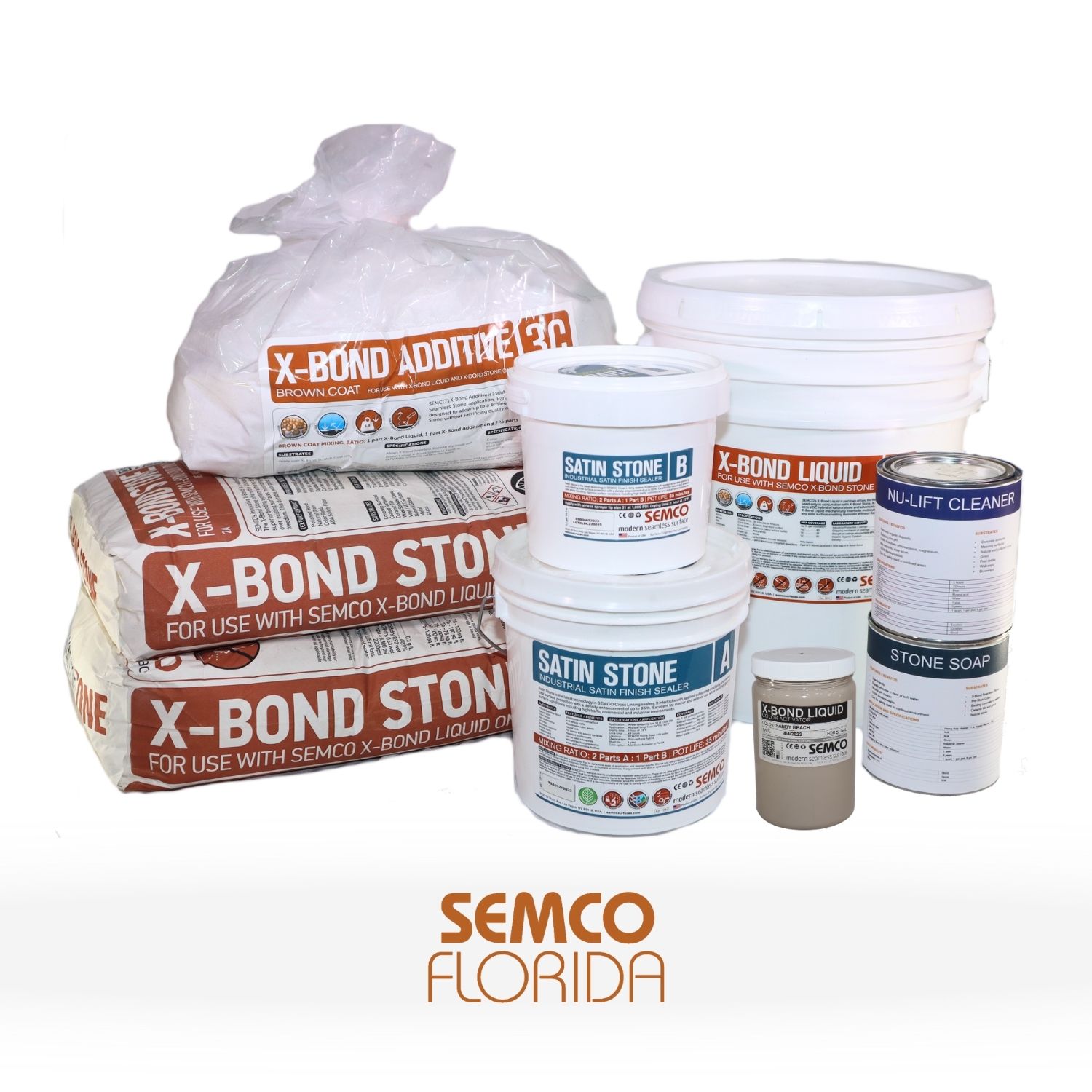How To Remove Wall Tile Without Damaging Tile
Removing wall tiles can be a tricky process. There are a lot of things to consider.

Published: by SEMCO FL
How To Remove Wall Tile Without Damaging Tile
Removing wall tiles can be a tricky process. There are a lot of things to consider.
Making sure that you do not damage the drywall underneath is probably the most important part of the job. And if your goal is to keep the tiles intact, then it gets even trickier. Unlike floor tiles, wall tiles are closely spaced and the grout lines are incredibly thing, making it harder to remove the tile without damaging them. Here we will give you a step by step how to remove wall tiles as delicately as possible.
1. Prepare Yourself And Your Area
Believe it or not, removing tile can be a bit of a hazard. We recommend equipping yourself with safety googles, a long sleeve shirt and pants to avoid tile shards in case one shatters.
Protect your work are by tapping up any drains to avoid debris entering and clogging them. Spread plastic or cloth tarp to make cleanup easier.
2. Remove The Grout
If you intend to save some of the wall tiles for later use, you must remove the grout from between the tiles. This will make it easier to remove the tiles without damaging them. If you are removing an entire wall of tiles, the only areas that need to have the grout removed are along the floor and ceiling. If you are removing a few tiles for repair or replacement, remove all the grout between the selected tiles.
3. Heat The Grout Up
To remove the grout, first use a heater of blow dryer to heat the grout surface. As the grout heats up, it expands and become easier to remove. If you are having trouble scraping the grout out, try heating it for longer periods.
4. Scrape The Grout
Once the grout is heated, use a utility knife or a special grout scraper to remove the wall tile grout. Sometimes a utility knife is not enough and a special scraper is required. In cases where the grout is tough, you may need the help of a rotary grinder or dremel.
5. Find A Loose Tile To Remove First
After the grout has been removed, try to locate a loose tile to remove first. To do this tap along the edges of the tile with a chisel, screwdriver handle or other small tool.
6. Chisel Tiles Away From Wall.
Using a hammer and chisel, gently chisel the tile away from the wall. Because of the steep chiseling angle, the first tile to be removed tends to break, especially if it set hard in the mortar. From there, the remaining tiles are easier to access during the removal process and are much less likely to break.
To avoid losing any tiles, have a helper catch the tiles as they fall away from the wall. Make sure that both you and your assistant are wearing leather gloves. Tile shards can be tiny and easily bury in the skin. If a tile will not come out by this method, it may require you to break it. Unfortunately, you likely will not save all the tiles. If you have to break the tile, make sure you are wearing both gloves and eye protection, as porcelain tile often shatters into tiny shards.
7. Scrape Off Setting Material
The final step is to take a chisel and scrape off the setting material and remaining grout until it is fairly even with the wall. Also remove any remaining tile spacers that may remain.

Other Tile Restoration Options
Removing wall tile is a tedious job. While it seems easy to read through the steps, it involves a lot of work and can take good day of work including prep and cleaning. With that in mind, removing wall tile may not be the best option for you. There may be other options, including resurfacing without removal.Tile Over Tile
One option that is commonly implemented is to actually just tile over the old tiles. Not having to remove the old tile saves significant time and money. Learn more about how to tile over tile.
Resurfacing Tile With A Tile Overlay System
Another great option is to resurface your existing tile. If you don’t plan on retiling the old tile, is it really necessary to remove it? Removing tile is, as we have seen, a hassle and it can damage your drywall and more in the removal process. Skip this step by resurfacing your tile with a tile overlay like Semco resurfacing solutions. Another advantage of resurfacing is that you can choose the style that you want. From venetian plaster to a smooth finish, resurfacing tile without removing it gives you design latitude that other options do not. Learn more about how to update your wall tile without removal here.
Let’s hear from you!
Ready to take it a step further? Let’s start talking about your project or idea and find out how we can help you.
Have questions? We can help!
Have Any Questions?
We would love to hear from you! Let’s start talking about your project or idea and find out how we can help you.
- Call us: 954-852-7281
- Get a quote: Free Quote

Since 1991
Concrete & Tile Resurfacing Solutions
SEMCO Florida, Innovation driven surface engineering company that specializes in developing surfacing products for floors, walls, pool decks and waterproofing.

